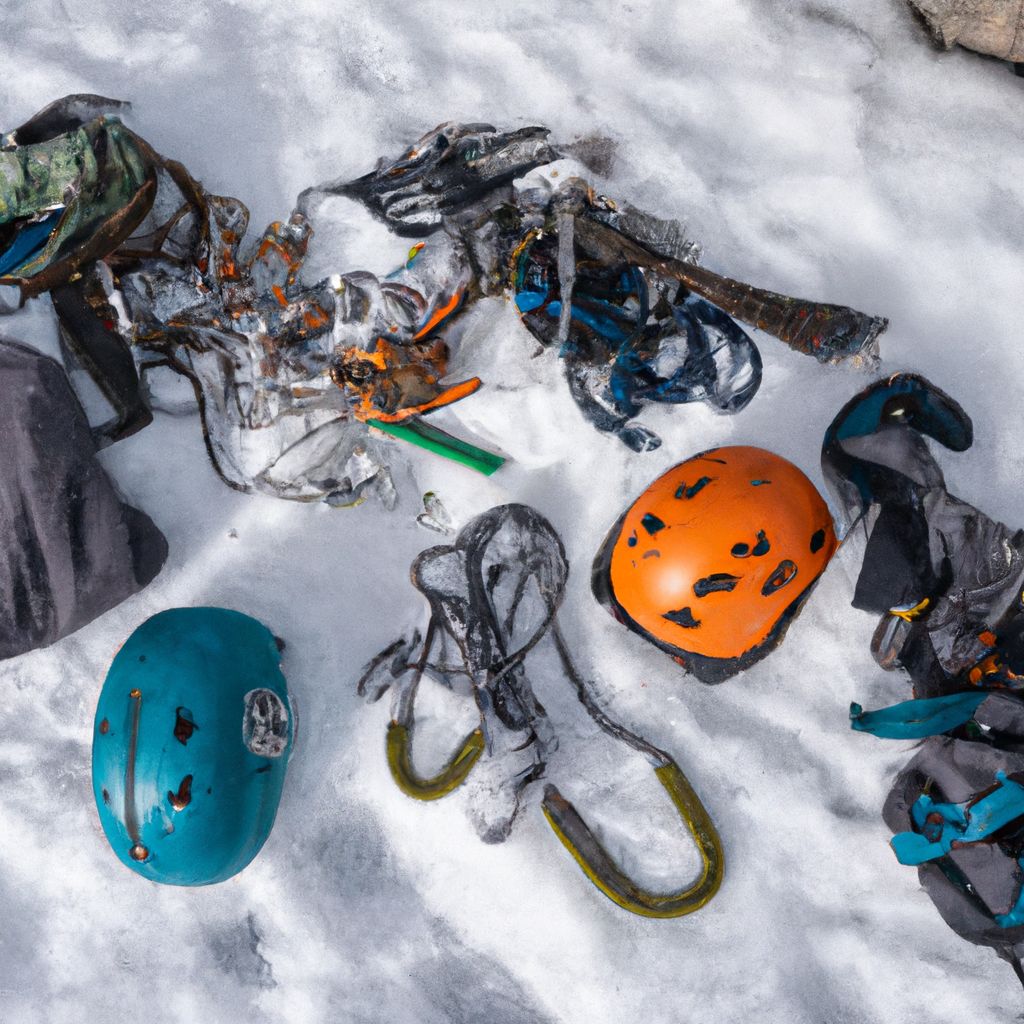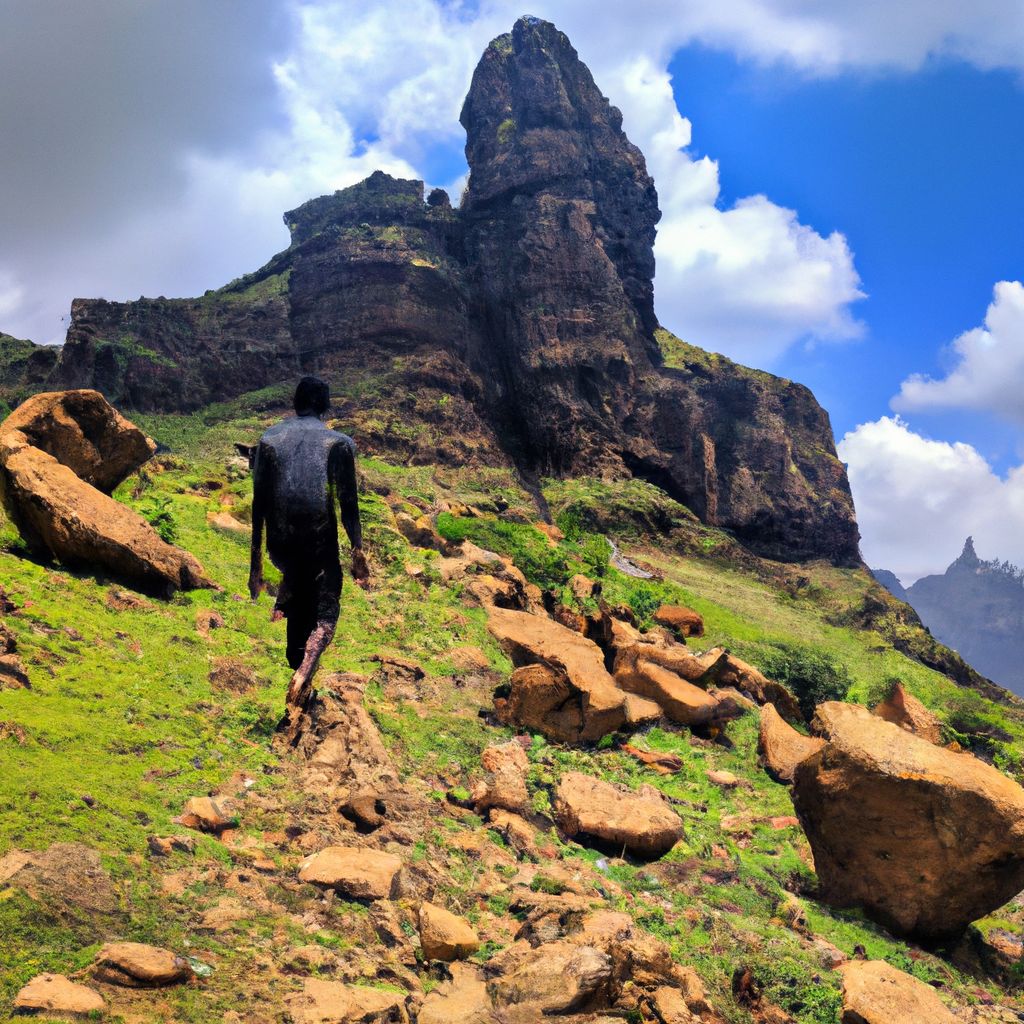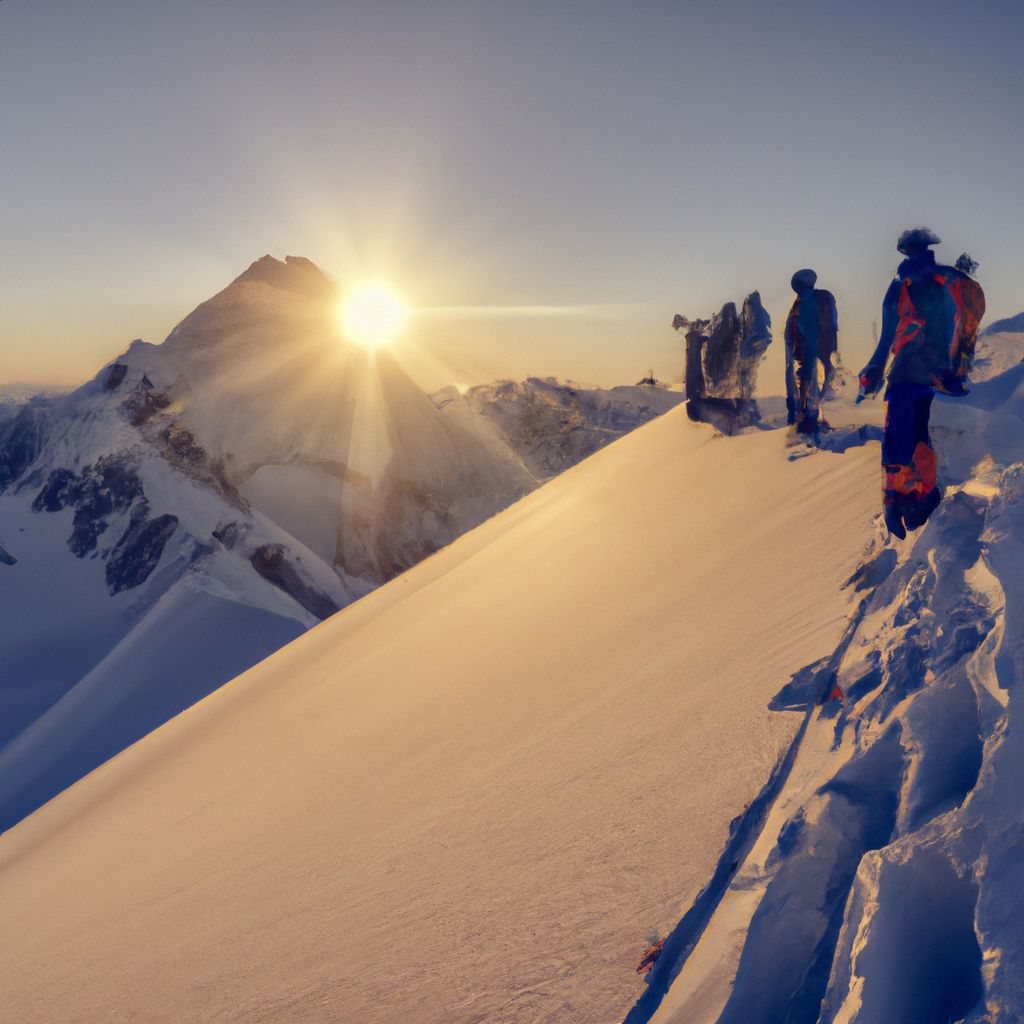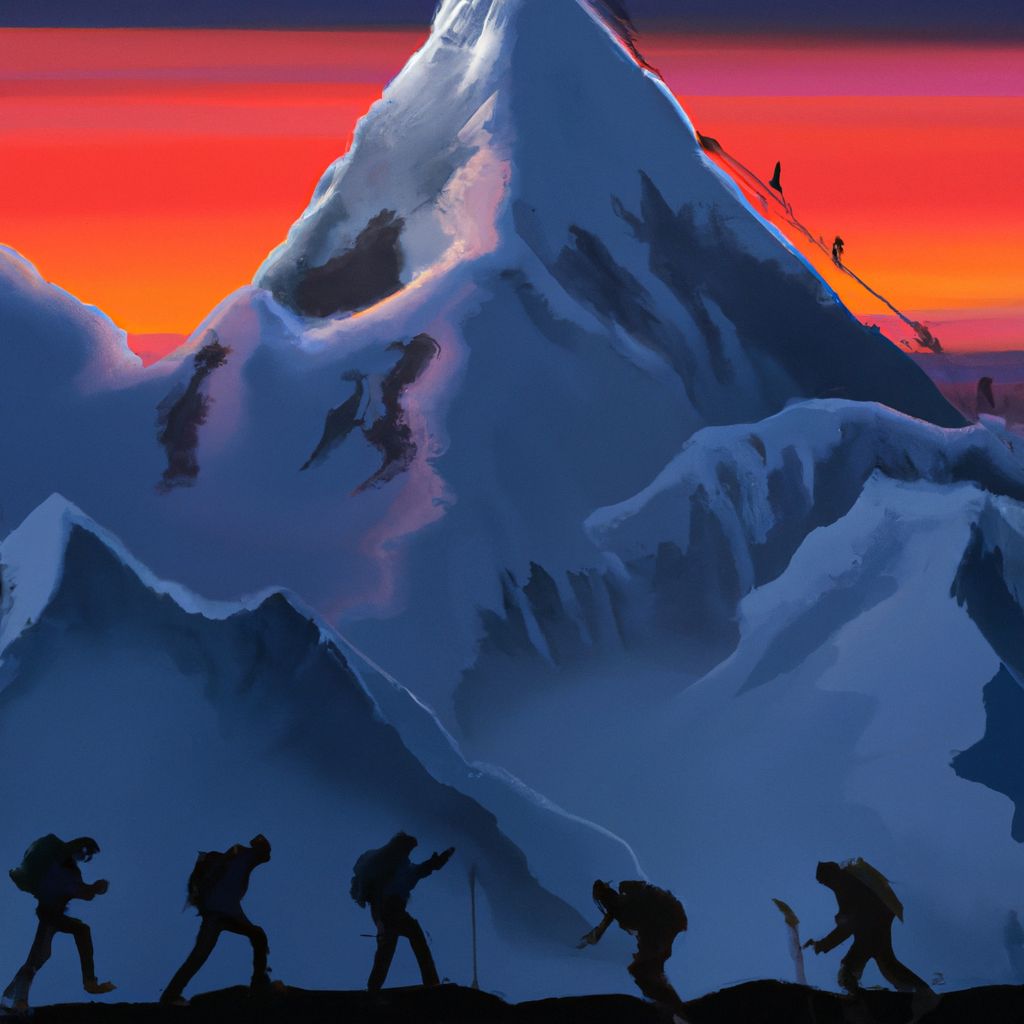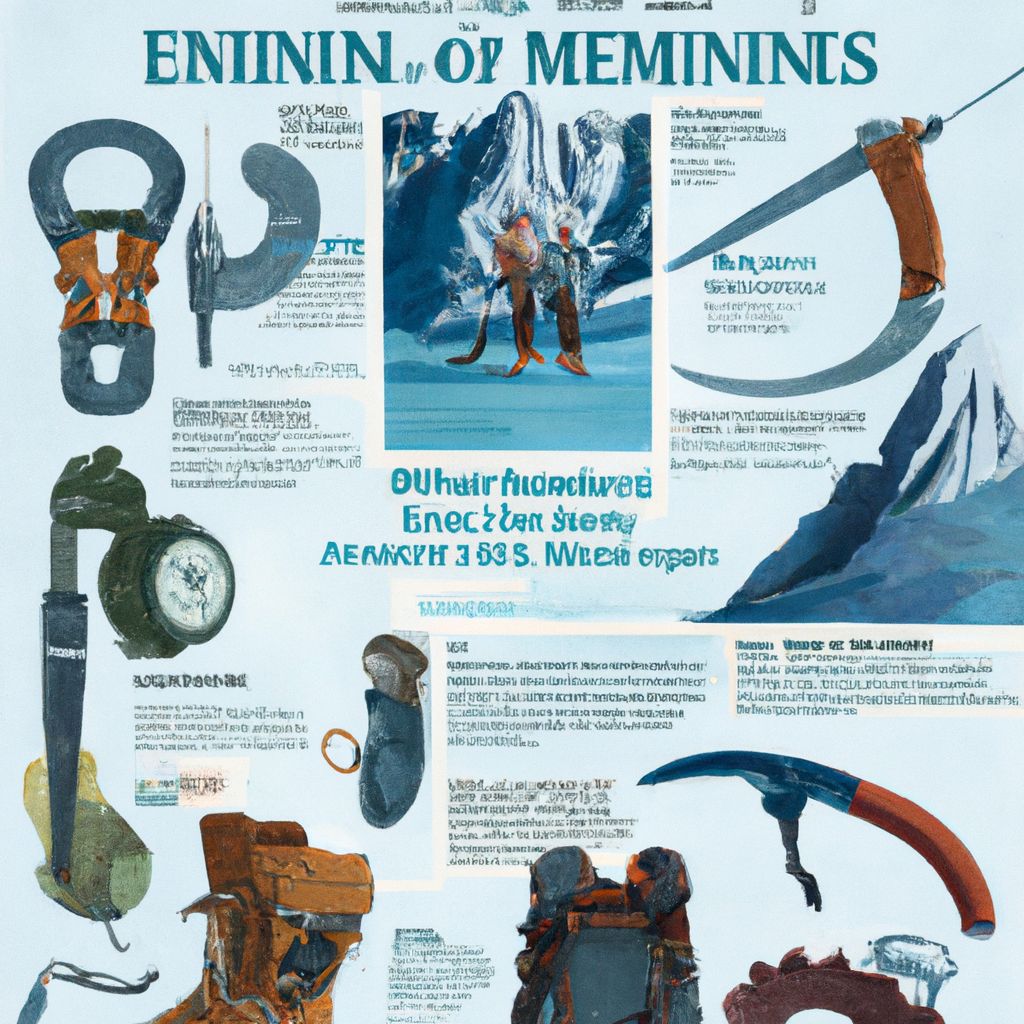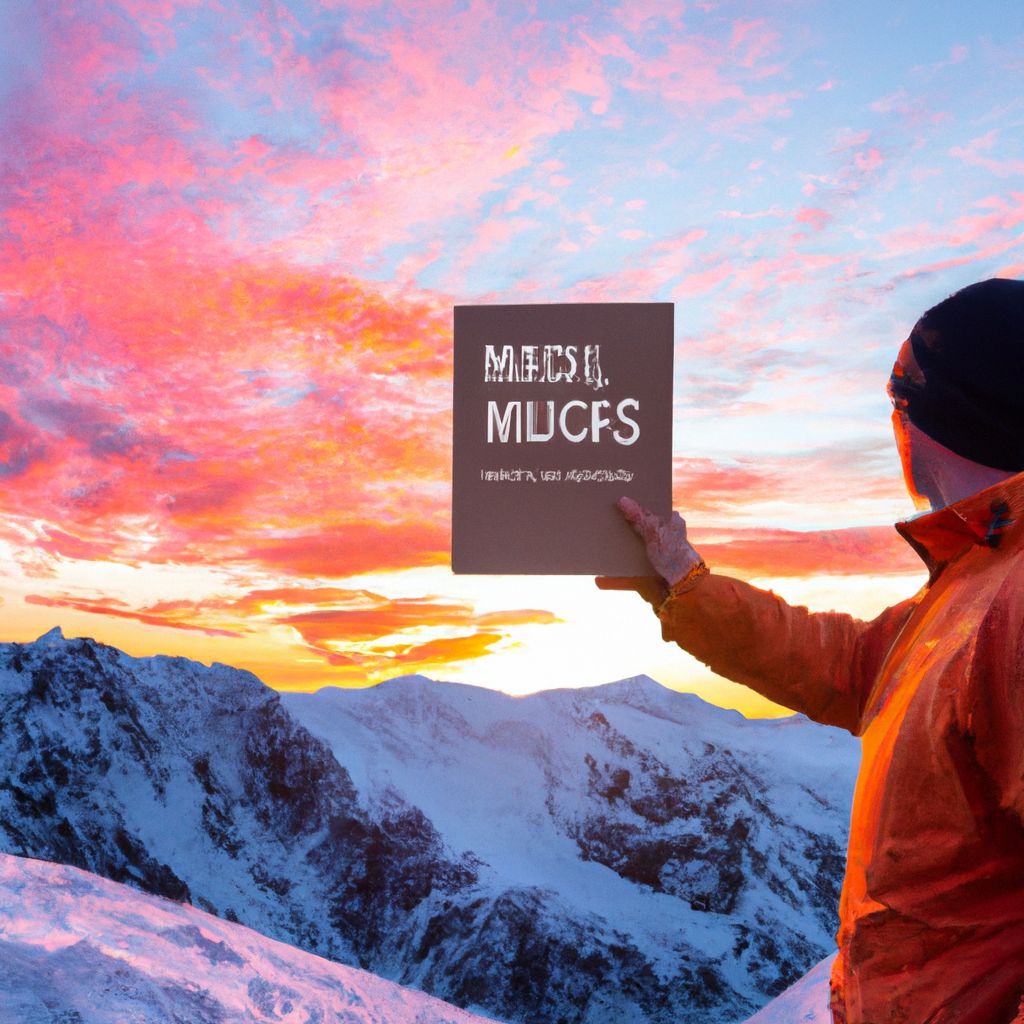- Introduction to Mountaineering Gear
- Essential Equipment: Clothing
- Essential Equipment: Climbing Gear
- Essential Equipment: Navigation Tools
- Essential Equipment: Survival Gear
- Best Practices for Using Mountaineering Gear
- Conclusion
Introduction to Mountaineering Gear
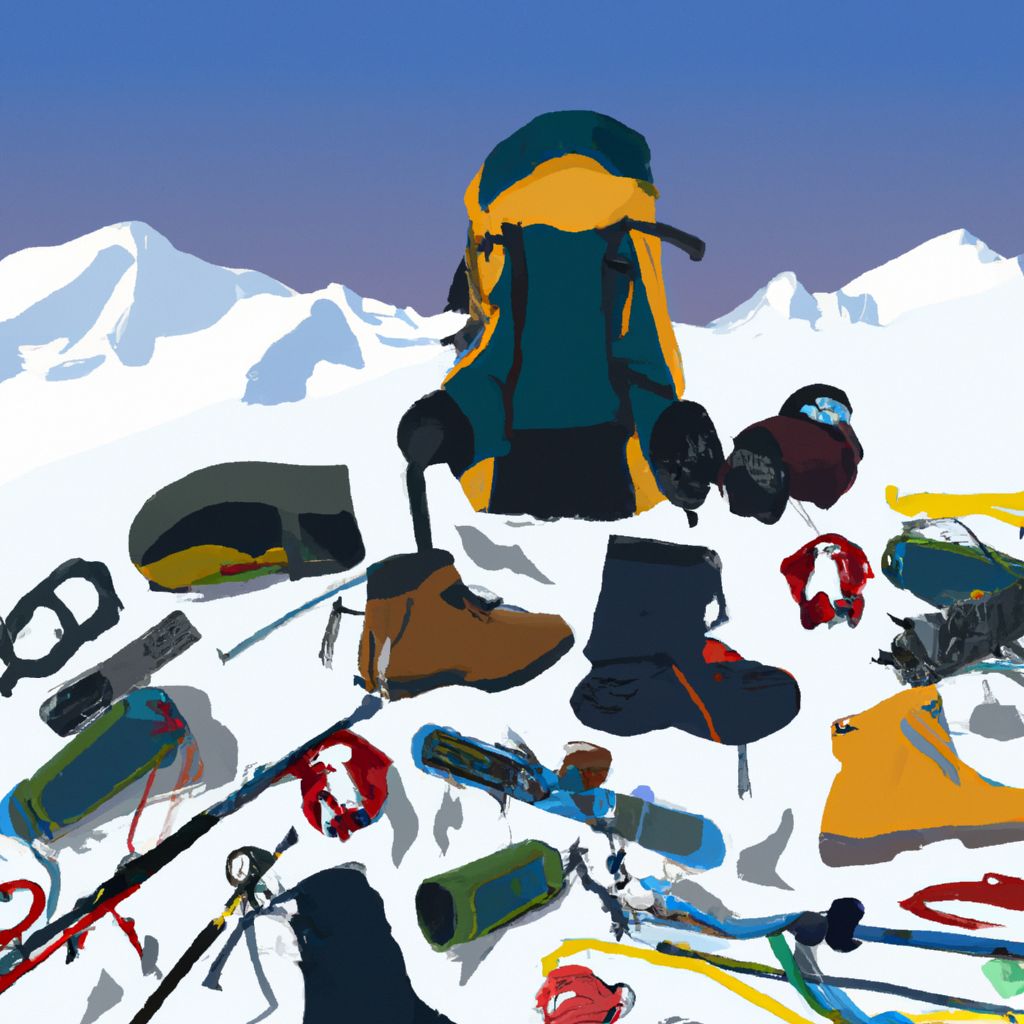
Mountaineering gear refers to the essential equipment that climbers use to ensure safety, comfort, and success when venturing into the high-altitude worlds of mountain climbing. This gear ranges from clothing and footwear designed for extreme conditions, to climbing equipment like ropes, carabiners, and harnesses, to camping gear like tents, sleeping bags, and cookware.
Without the right gear, mountaineering can quickly turn from an exhilarating adventure into a life-threatening situation. Mountains are inherently dangerous environments, with risks including extreme weather, avalanches, altitude sickness, and falls. According to a 2017 report by the American Alpine Club, there were 151 climbing-related fatalities in North America alone, a stark reminder of the dangers involved in mountaineering.
The proper gear can significantly mitigate these risks. For example, a good quality harness and rope system can prevent a fall from becoming fatal, while a warm, windproof jacket can protect a climber from hypothermia in a sudden snowstorm.
In this blog, we delve into the specifics of mountaineering gear, exploring the different types of equipment, their uses, and why they are essential for mountain climbing.
Essential Equipment: Clothing
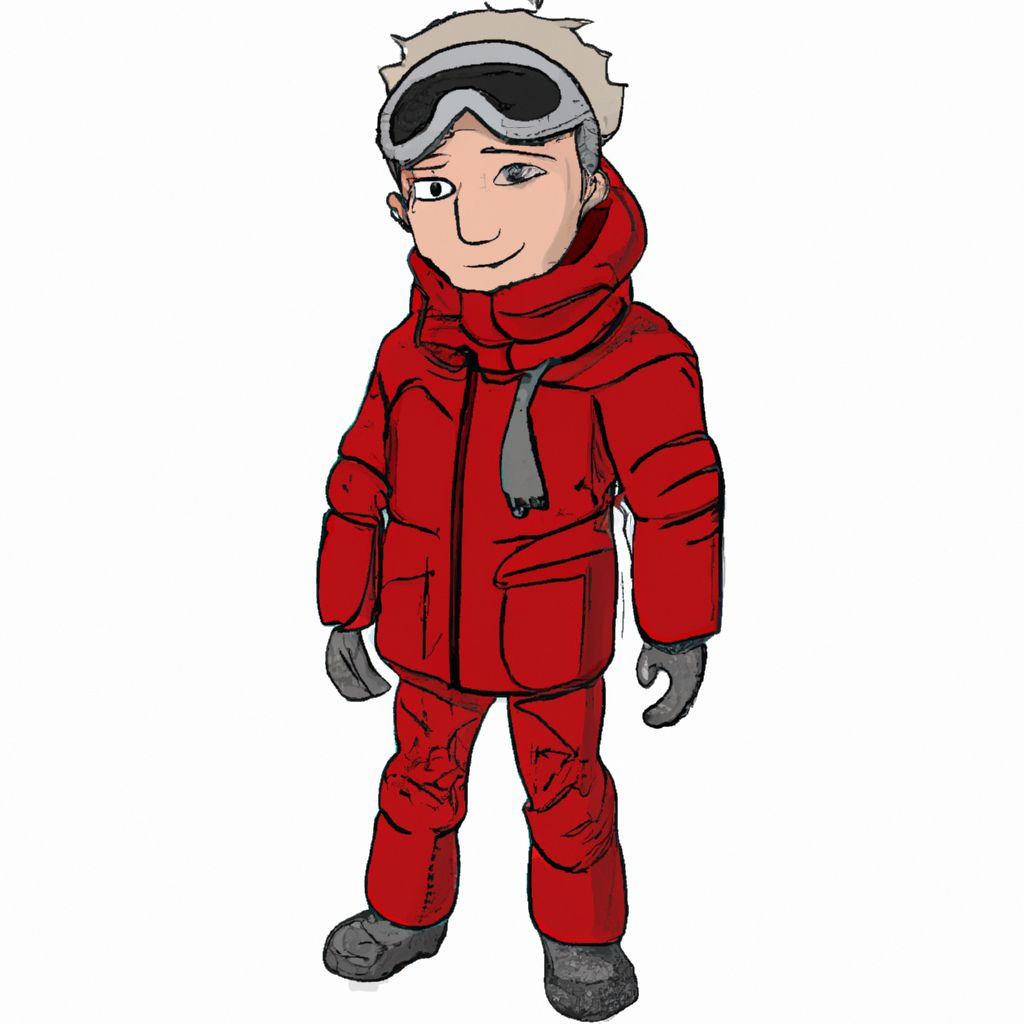
When it comes to clothing for mountaineering, layering is key. This approach allows climbers to adjust their clothing to match the changing weather conditions and physical exertion levels. Let's explore the different types of clothing that form these layers:
- Base Layers:
- This is the layer directly touching your skin. Its main function is moisture management - wicking sweat away from the skin to keep you dry. Base layers are usually made of merino wool or synthetic materials like polyester, as they are both excellent at moisture wicking.
- Mid Layers or Insulating Layers:
- These layers provide insulation to retain body heat. They are typically made of fleece, down, or synthetic insulation materials. The thickness of this layer can be adjusted according to the weather conditions and the climber's body temperature.
- Outer Layers:
- This is the protective shell that shields you from the elements. Jackets and pants in this category should be windproof, waterproof yet breathable. They are often made of materials like Gore-Tex or eVent.
Now, let's look at other essential clothing items:
- Gloves:
- Hands are particularly vulnerable to cold, so insulated, waterproof gloves are essential. It's also a good idea to have a spare pair in case one gets wet.
- Footwear:
- Footwear for mountaineering needs to provide warmth, traction, and ankle support. This usually means high-cut boots with stiff soles for use with crampons, and insulation for warmth. Most mountaineering boots have a waterproof outer and a removable insulated liner.
Remember, the goal with mountaineering clothing is not just to keep you warm, but also to manage moisture and protect you from the wind and precipitation. Choosing the right clothing is a crucial part of mountaineering safety and comfort.
Essential Equipment: Climbing Gear
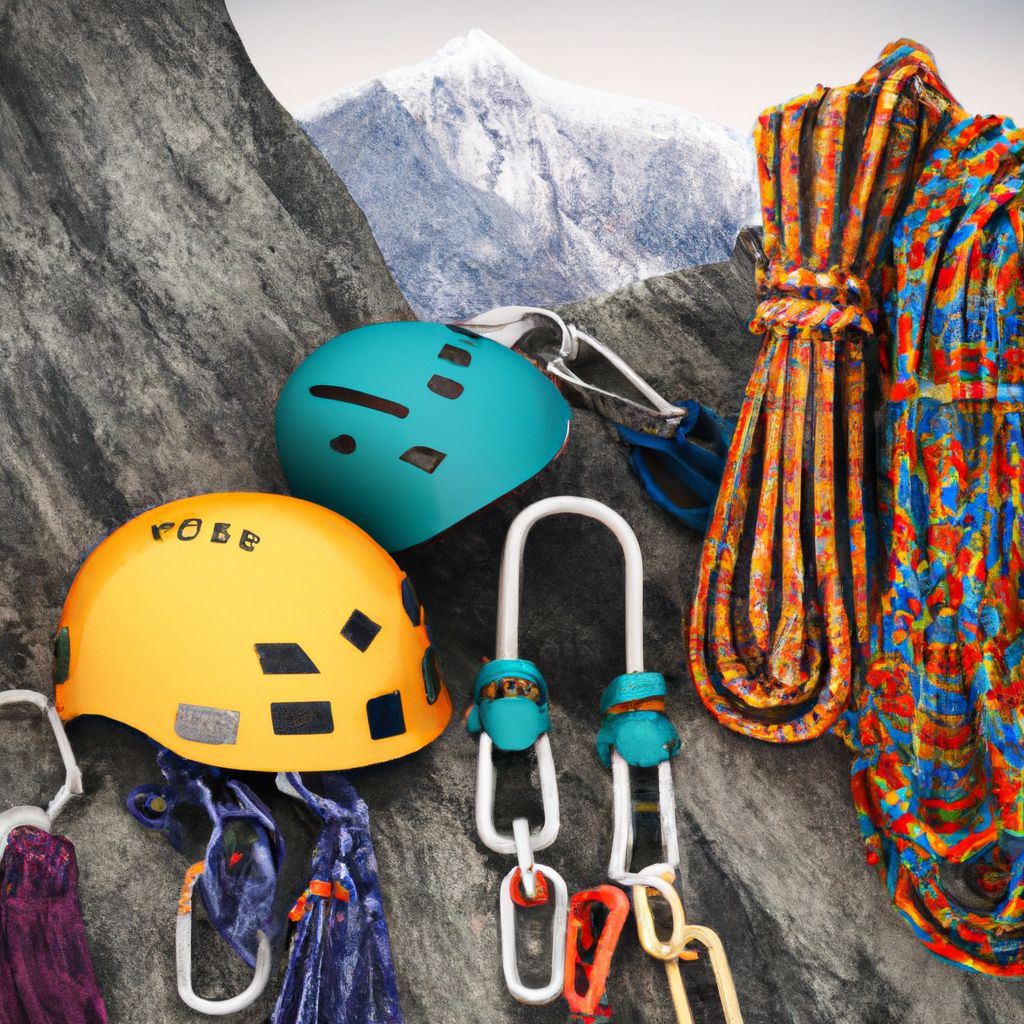
When it comes to mountaineering, the climbing gear you choose can make the difference between a successful ascent and a dangerous situation. Here are the key pieces of climbing gear and their roles:
- Harness:
- This is a belt and leg loop system that you wear around your waist and thighs, which allows you to securely attach yourself to a rope. A good harness should fit snugly, yet comfortably, and should have gear loops for attaching other equipment.
- Rope:
- Ropes are the lifelines in mountaineering. They are used for safety during ascents and descents, for crossing crevasses, and for securing climbers in case of falls. There are different types of ropes (single, double, and twin ropes) suited to different climbing scenarios.
- Carabiners:
- These are metal loops with spring-loaded gates, used to connect components of the climbing system. They come in many shapes and sizes, with different types best suited to different tasks.
- Belay Devices:
- These devices control a rope during belaying - they create friction to slow or stop the rope in case of a fall. They also allow for controlled lowering of a climber.
- Helmets:
- A helmet is a crucial safety item that protects the climber's head from falling rocks and ice, as well as from impacts in case of a fall.
Each piece of climbing gear plays a critical role in ensuring a climber's safety on the mountain. It's essential for climbers to understand how to use each piece of gear and to regularly check their gear for wear and tear.
Essential Equipment: Navigation Tools
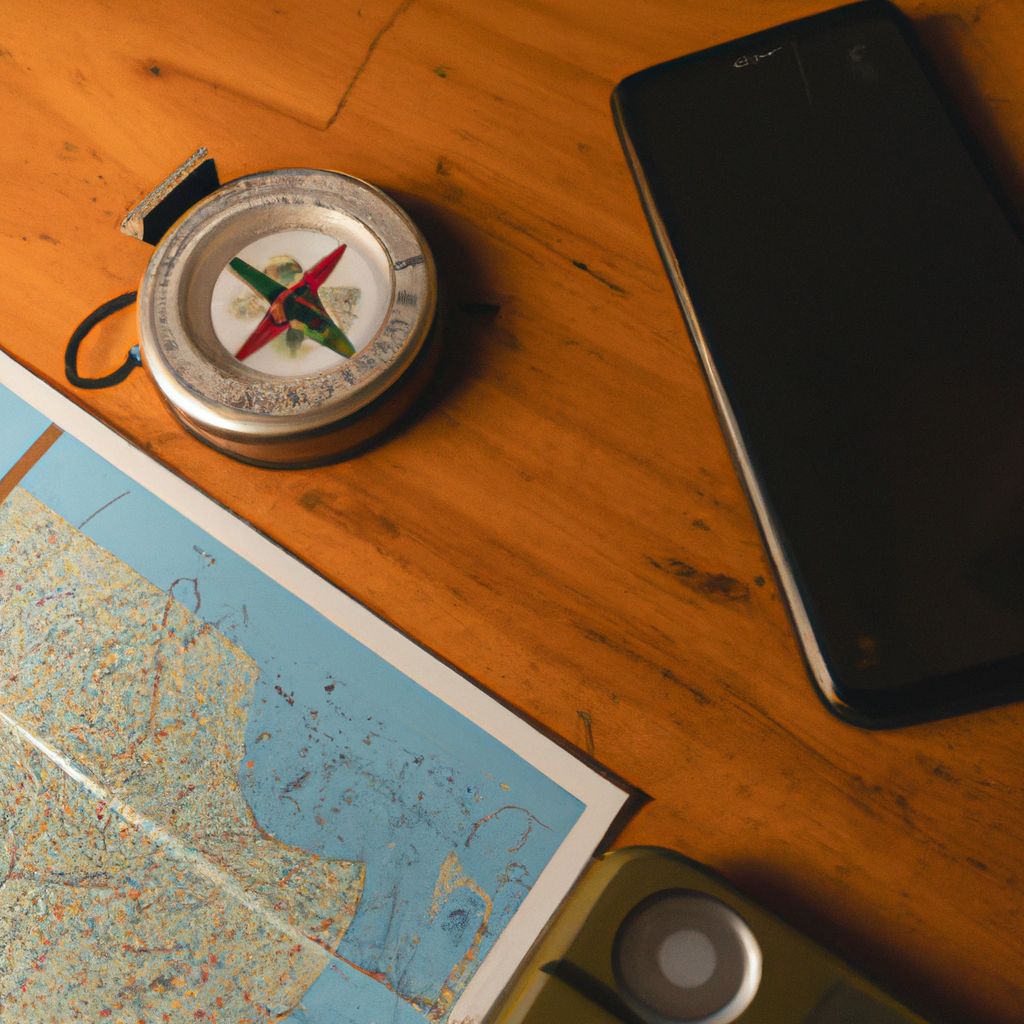
Navigation tools are another essential part of mountaineering gear. Even the most experienced climbers can lose their way in poor weather conditions, or on unfamiliar terrain. Here, we cover the main navigation tools that every mountaineer should carry:
- Maps:
- A good topographic map shows the layout of the land, including features like peaks, valleys, rivers, and trails. Climbers use these maps to plan their route and to find their way in the wilderness.
- Compass:
- A compass is used in conjunction with a map to determine directions. While the basic function of a compass is simple, using it effectively requires knowledge of techniques like taking bearings, orienting the map, and compensating for magnetic declination.
- GPS Devices:
- A GPS (Global Positioning System) device uses satellite data to determine your exact location, altitude, and speed. Many devices also allow you to plot your route, mark waypoints, and find your way back to a marked point. Some even have SOS features for emergency situations.
Proper use of these navigation tools can prevent climbers from getting lost, saving them from additional dangers and potentially, saving their lives. Moreover, in emergency situations, being able to provide your exact location to a rescue team can be crucial. Hence, it's important for climbers not only to carry these tools but also to be proficient in using them.
Essential Equipment: Survival Gear
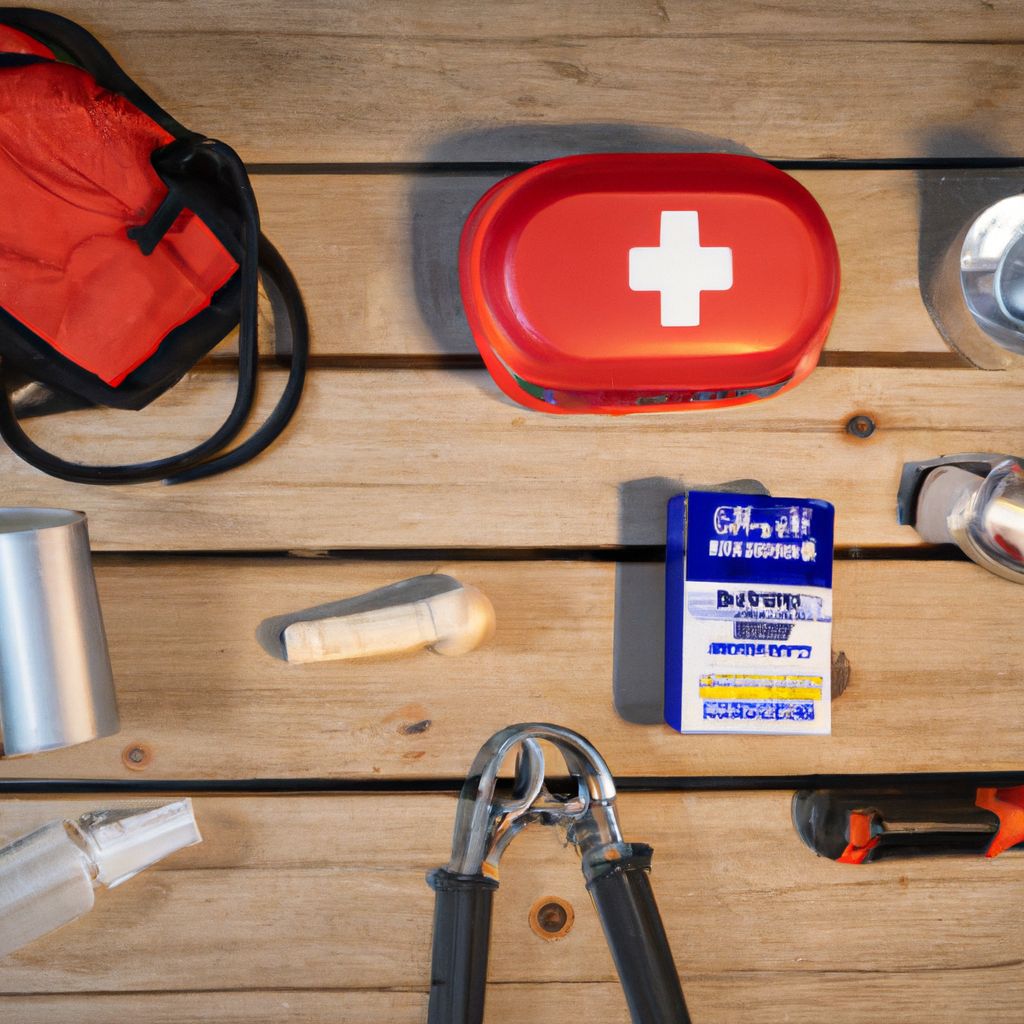
Survival gear is a critical part of mountaineering equipment, designed to help climbers survive unexpected situations. Even on short climbs, conditions can change rapidly, or accidents can happen, making survival gear essential. Here's a look at some key items:
- First Aid Kit:
- A first aid kit should include items to treat cuts, burns, blisters, and fractures, along with medications for common ailments like altitude sickness, diarrhea, allergies, and pain. It's also a good idea to include a first aid manual, in case you need to treat a condition you're not familiar with.
- Emergency Shelter:
- This can be a lightweight bivy sack, a space blanket, or even a large plastic bag. The idea is to have something that can protect you from the elements and retain body heat if you have to spend a night out on the mountain unexpectedly.
- Headlamp:
- A headlamp is preferable to a flashlight because it leaves your hands free. It's essential for navigating and performing tasks in the dark. Always carry extra batteries or a backup lamp.
- Fire Starters:
- This can be as simple as a pack of waterproof matches or a lighter, but there are also compact fire starter kits available. Being able to start a fire can be a lifesaver, providing heat, melting snow for water, and signaling for help.
Remember, the purpose of survival gear is to keep you alive and help you get rescued in case of an emergency. Every climber should carry these items and know how to use them. As the old saying goes, "It's better to have it and not need it than to need it and not have it."
Best Practices for Using Mountaineering Gear
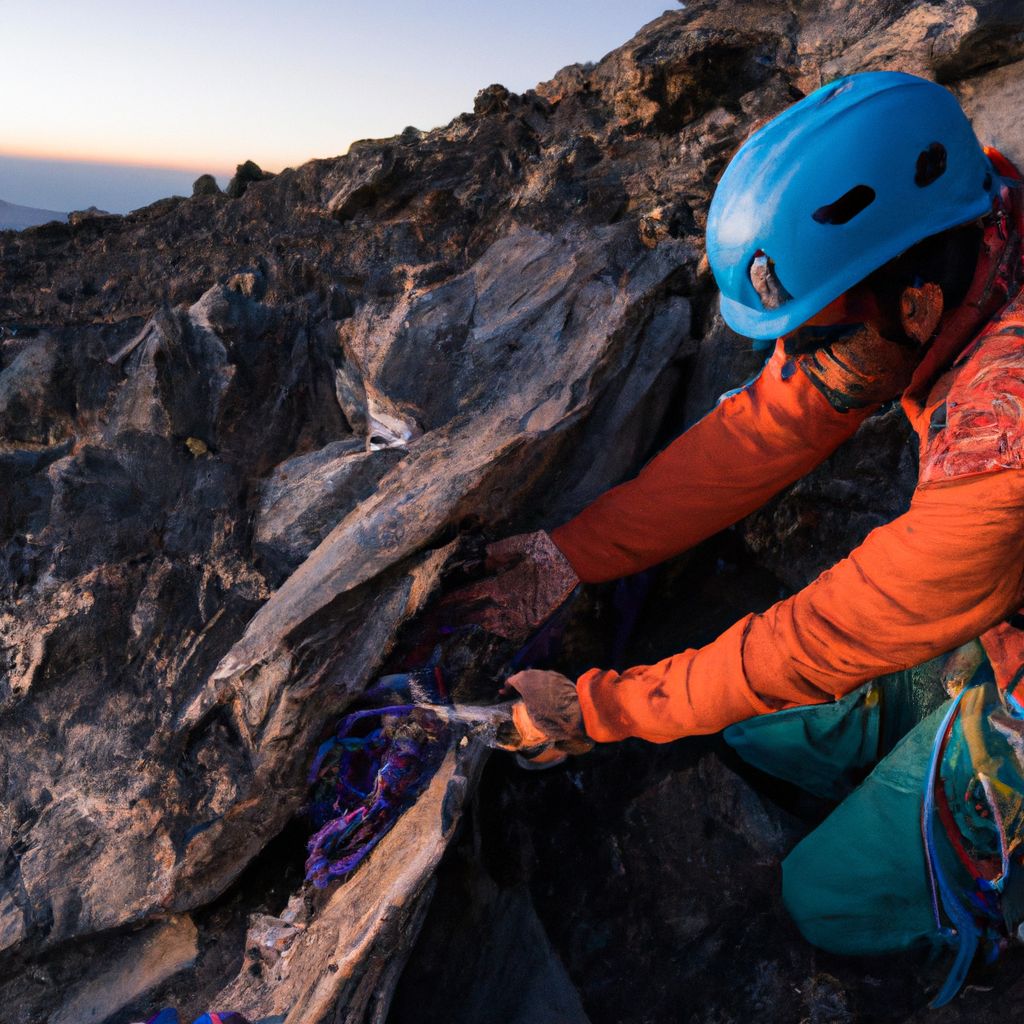
Proper use, maintenance, and storage of mountaineering gear not only extends its lifespan, but also ensures it performs effectively when you need it most. Here are some best practices:
- Regular Inspection:
- Before and after each climb, inspect your gear for any signs of damage or wear. Check ropes for frays or cuts, inspect carabiners for cracks, ensure your harness is not worn out, and look for signs of delamination in your outerwear.
- Cleaning:
- Clean your gear according to the manufacturer's instructions. Dirt, salt from sweat, and other particles can degrade materials over time. However, avoid harsh detergents or excessive scrubbing, as this can also damage equipment.
- Proper Storage:
- Store your gear in a cool, dry place, away from direct sunlight, chemicals, and sharp objects. Ropes should be coiled or hung loosely, and all gear should be dry before storage to prevent mold and mildew.
- Replacement:
- Even with the best care, mountaineering gear has a limited lifespan. Know when to retire and replace your gear – for example, ropes that see regular use should typically be replaced every two to three years, while carabiners with any signs of cracks or sharp edges should be retired immediately.
Remember, your gear is your lifeline in the mountains. Taking care of it not only protects your investment but also ensures your safety on your mountaineering adventures.
Conclusion
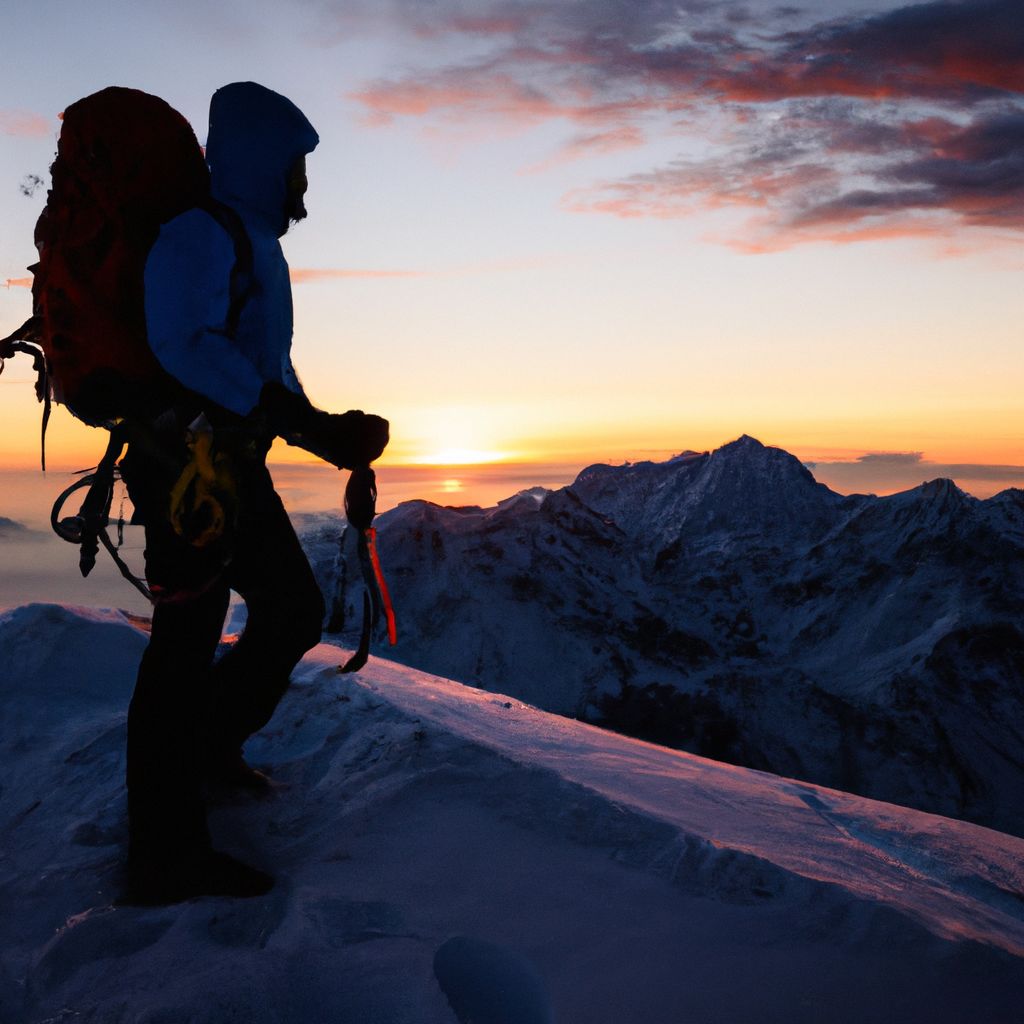
In conclusion, having the correct mountaineering gear is non-negotiable for any climber. The right equipment can significantly mitigate the inherent risks of mountaineering, protect climbers from the harsh mountain environment, and even save lives in emergency situations.
Investing in quality gear, knowing how to use it effectively, and taking good care of it should be top priorities for any mountaineer. Remember, the mountains are unforgiving, and your gear is your first line of defense. Invest wisely, treat it well, and it will serve you faithfully on many thrilling climbs to come.


